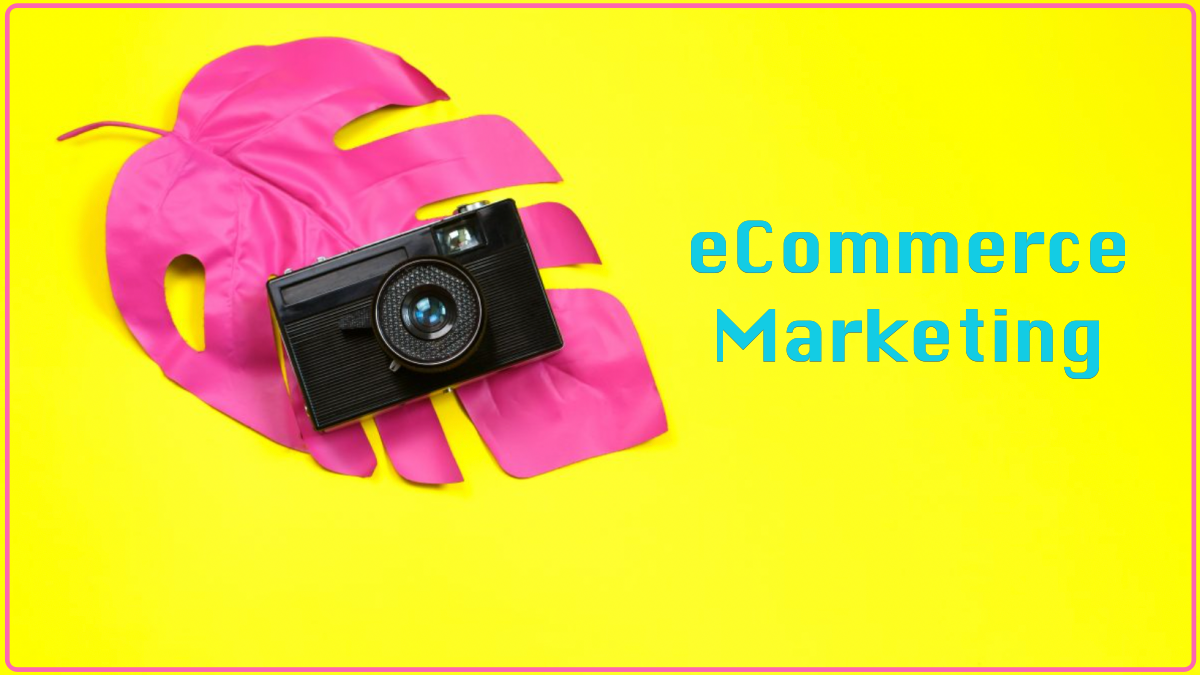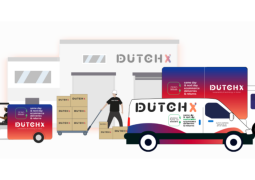A Pocket Guide to eCommerce Marketing
by 08/10/2022 14:010

This guide will help you to understand the basics of eCommerce marketing and the different eCommerce marketing strategies that you can use to promote your business.
It is important for any business, whether it has a physical store or not, to have an online presence. People are more likely to buy from a company when they feel as if they know them. This means that you need an online store with a website, social media pages, and even a blog.
To help you implement each approach, we’ve put together an overview of effective marketing tactics and eCommerce tools. The range of ideas runs from straightforward purchases to those that generate more repeat business from your current customers.
7 Tactics to Get More Traffic, Conversions, and Sales
1. Promote your brand through influencers
Your eCommerce business can be accelerated online with influencer marketing. Helping you connect with new audiences, build awareness for your brand, and sell on your behalf to content creators with established audiences. Influencers are more like ambassadors for your brand. You reward them with products, cash, or discounts, in order to incentivize them to share and promote your products.
Influencer marketing is great for attracting potential customers with what they are interested in. How many times have you seen an Instagram post from an influencer that you’ve liked? You wanted to purchase the item. Businesses using influencers to sell products experience shortened sales cycles because the products can be bought directly from the platform, bypassing stores and even websites.
When using an influencer marketing platform, brands can identify suitable influencers and interact with them in order to promote campaigns. Brands began using influencer marketing platforms more and more as real-time analytics, campaign management, and marketplace ads became available.
2. Provide your customers with easy access to what they need
Customers don’t like to shop in poorly-designed stores. What does it look like when a store is poorly-designed?
It’s possible to still make mistakes in design even when you’ve improved the dimensions above. Are you segmenting your products properly or are you putting too many products on a single page? When thinking about balance, what is the right proportion of text to graphics? It’s worth considering many of these points.
With a web site heatmap tool, you can find out what area of your website is most visited and place your most important content and CTAs there to increase conversions. You can also monitor user behavior on your website by recording specific traffic routes through their designated color to enable you to obtain precise data and make sounder judgments.
3. Make your product pages more appealing
Conversion rate optimization, also known as CRO, is the act of converting a potential buyer and selling more of your product through adjustments to the on-site content. Practicing CRO will help you identify possible problem areas in your website, which will benefit in higher sales.
What aspects of your operation are you lacking, and how can they be improved? In other words, what steps do you need to take to identify why your customers are turning away from you? You should seek qualitative and quantitative information to come to a comprehensive and objective answer to this question.
Once you’ve conducted your research to identify challenges and opportunities, you can develop hypotheses and tests to see which approaches generate the most sales.
4. Make SEO a priority
An eCommerce SEO campaign aims to get your product pages listed among the top 10 results on search engines like Google, Yahoo, and Bing. Building inbound links to your site, then, can lead to more traffic in two ways. A relevant and accurate site backlink, for example, can dramatically increase the number of visitors who are exposed to the website by positioning your content high on the results page.
Here are some ways to invest in SEO
- Keyword research and using keywords in your product descriptions, blog posts, and page URLs
- Making your website user-friendly and optimizing its structure
- Getting links to your content from high-authority websites
Your products can appear for popular search terms if you do it right.
5. Collaborate with marketplaces to sell
This may not be secret but it’s not new either – Online marketplaces are where people shop. In 2021, these sold $3.32 trillion worth of goods.
Marketplace sites like Amazon and eBay allow you to reach people around the world easier, making direct sales to millions of customers. There’s a better chance of someone shopping on Amazon buying your product instead of from somewhere else on the internet, just as long as they know they’re looking at the right company’s site. All this said I’m telling you these coins come with steep investment fees, in addition to potential pitfalls.
Because of this, marketplaces are recommended for eCommerce brands to complement their branded stores. Don’t put every product up for sale on your marketplace, just a few of your most popular ones. List your products in marketplaces in a way that reflects your brand and add packaging inserts that encourage people to purchase directly from your site.
6. Invest in PPC campaigns
Pay-per-click advertising is the predominant mode of advertising for businesses both big and small. It’s rooted in analytics, scales well, and offers a fair ROI. Online ads on search engines, social media platforms, or websites are often targeted with PPC ads. eCommerce brands benefit from these ads because they target ready-to-buy shoppers and can increase sales.
When running PPC ads, there are two main platforms – Facebook and Google. Google Shopping is particularly helpful for online retailers. Whenever you search for “black dress” you’ll see an advertisement that details a variety of related products.
On the other hand, Facebook ads appear on Facebook and Instagram, as well as allow for the precision targeting of audiences and a range of ad formats that enable you to market your products.
PPC ads are a great way to be hyper-targeted with campaigns. You can choose which audience you want to target and what type of ads they see. You can also run ads that follow people from landing pages to pages they’ve previously viewed, and encourage them to come back to your site
You’re running a shoe store and you got new boots in? We can create ads for that! Maybe the new boots are rubber and water-resistant. Being able to target keywords like “best rain boots” will help you reach your potential customers. Seeing your ads when they’re looking for what you sell is the best way to convert them into customers.
7. Up-sell products
We have all heard some variation of the famous question, “Would you like your order supersized?” This is an example of upselling or selling a more premium product than the customer initially considered.
eCommerce businesses often benefit from upselling and cross-selling more than acquiring new customers. Customers are sometimes unaware that premium products are available, or they may simply need more evidence to justify upgrading (or purchasing a package).
Conclusion
eCommerce marketing is a broad term that covers a wide range of activities including SEO, social media, email marketing, and paid advertising.
There are many tactics to get more traffic, conversions, and sales. It could be as simple as adding filters to your product pages or as complex as launching an affiliate program. The best way to figure out what would work for you is to try different methods and measure their effectiveness over time.



